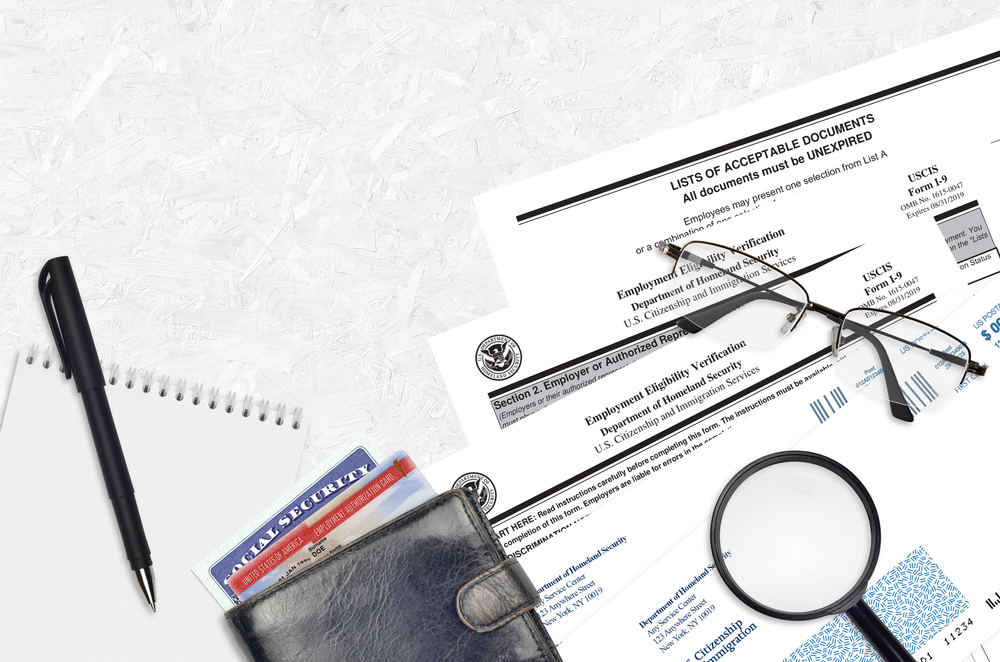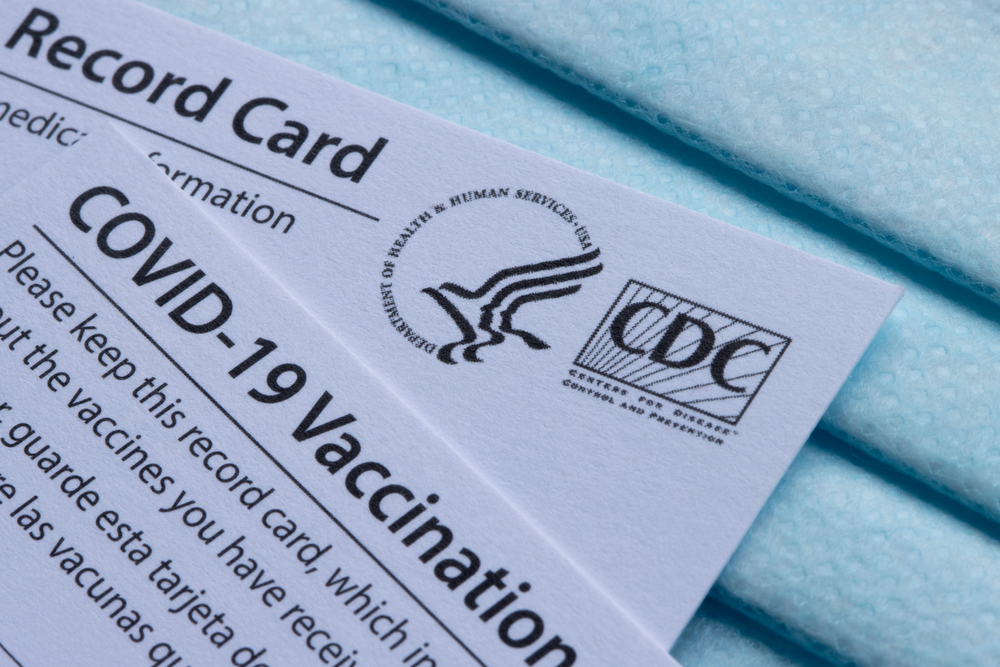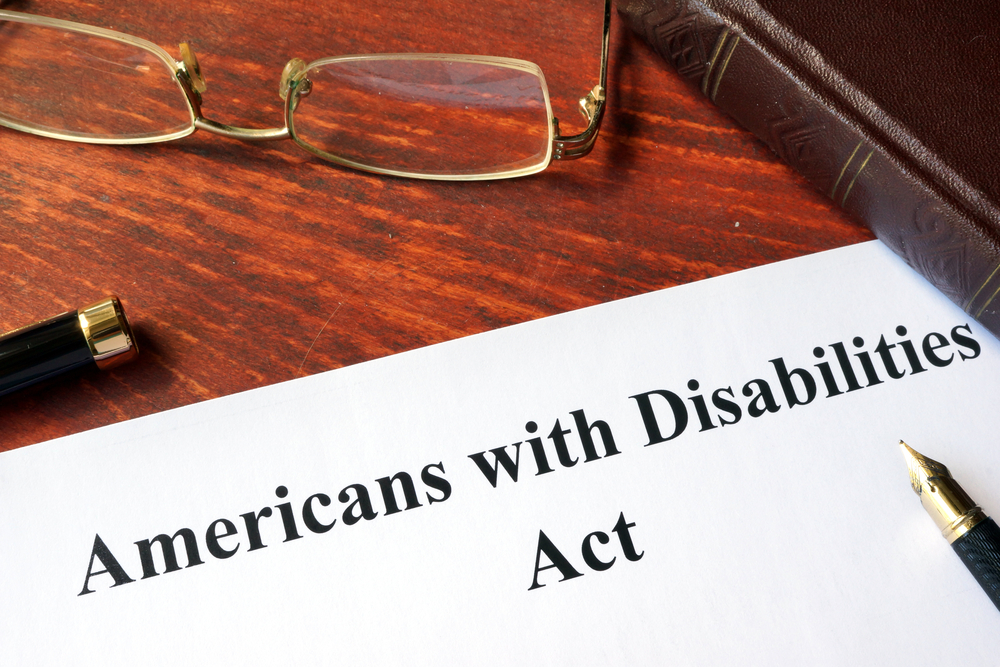Hiring about to get more complicated, as coronavirus flexibility rules end
Employers, who must verify their employees’ eligibility to work, have until Aug. 19 to see, in person, documents that prove those they are hiring are authorized to work in the United States. This is the fourth extension offered by U.S. Immigration and Customs Enforcement, which oversees the Form I-9 program.

Meanwhile, many employment lawyers are slammed assisting employees nervous about returning to the office and contracting COVID-19.
Because so many businesses have been working remotely during the pandemic, employers have been permitted to inspect authorization paperwork “remotely and obtain, inspect and save the employee’s identity and employment authorization documents,” the National Law Review reported.
“It is important to emphasize that this policy only applies to employers and workplaces that are working entirely remotely. Once normal operations resume, all employees who were onboarded using remote verification must report to their employer within three business days for ‘in-person’ verification of their identity and employment eligibility documentation.,” NLR states.
RELATED: Legal proceedings around the country move back into courtrooms, cautiously
RELATED: Strip clubs sue over coronavirus stimulus money
The Department of Homeland Security announced first on March 19 that “due to precautions implemented by employers and employees associated with COVID-19,” it would defer the physical presence requirement.
“Going forward DHS will continue to monitor the ongoing national emergency and provide updated guidance as needed,” ICE announced. “Employers are required to monitor the DHS and ICE websites for additional updates regarding when the extensions will be terminated, and normal operations will resume.”
A spokesperson for ICE said the agency does not know how many businesses are taking advantage of the process and will only know once audits are conducted.
What is Form I-9?
According to ICE, a Form I-9 is used to verify the identity and employment authorization of those hired for employment in the U.S. Every employer is required to complete the form for each person they hire, whether a citizen or not.
Using Form I-9, employees must attest to their employment authorization and present acceptable documents to prove it. They choose which documents to present. The employer examines the eligibility and documents that an employee presents to ensure they appear to be genuine and then records the document information on the Form I-9.
According to the National Immigration Law Center, an employer may ask for employment authorization documents and begin filling out the Form I-9 only after someone is hired. Generally, the documents must be reviewed within three days of that hire.
“Oftentimes, employers do not know or understand their legal responsibilities when verifying or reverifying the employment eligibility of their employees,” the NILC states. The U.S. Citizenship and Immigration Services provides a handbook for employers on how the I-9 program works, including which documents to request.
“The Handbook provides accessible answers to many of the questions advocates encounter when helping immigrant workers,” the NILC says.
There are still ongoing concerns, too, over employer responsibilities when it comes to returning people to their desks, even as numbers of those infected with COVID-19 continue to grow.
The pandemic has put many employment lawyers into overdrive to keep up with the demand, a spokesperson for the National Law Review said.
The American Bar Association backs that up in an article on the pandemic, stating that lawyers are working around the clock to help employees navigate the new legal waters sparked by the rapidly spreading virus. Many employees are worried about returning to work, then testing positive for COVID-19.
“Some law firms have created multidisciplinary task forces to assist clients, both domestic and international, in tackling the myriad challenges posed by the pandemic,” the ABA article says. “These lawyers and firms are helping others at the same time they are grappling with the significant effects of coronavirus on their own operations, such as the need to close their offices and require employees to work remotely. Firms are also bracing for the pandemic’s long-term economic impacts that could boost demand for some legal services, while depressing the market for others.”
“DHS continues to monitor the ongoing COVID-19 national emergency and will provide updated guidance as needed,” USCIS states.
On its website, the immigration service outlines examples of how employers and workplaces operating remotely can follow DHS guidelines. It also states, “E-Verify participants who meet the criteria and choose the remote inspection option should continue to follow current guidance and create cases for their new hires within three business days from the date of hire.”
The COVID-19 pandemic has made it more difficult for employees, due to stay-at-home orders, to renew driver licenses, state ID cards or other Form I-9 documents, so DHS set out temporary guidelines for documents used to complete the forms.
When an employee provides an acceptable expired document that has not been extended by the issuing authority, employers should:
- Record the document information as applicable; and
- Enter the word “COVID-19” in the Additional Information Field.
Then, within 90 days, the employee must present an unexpired valid document to replace it.



















